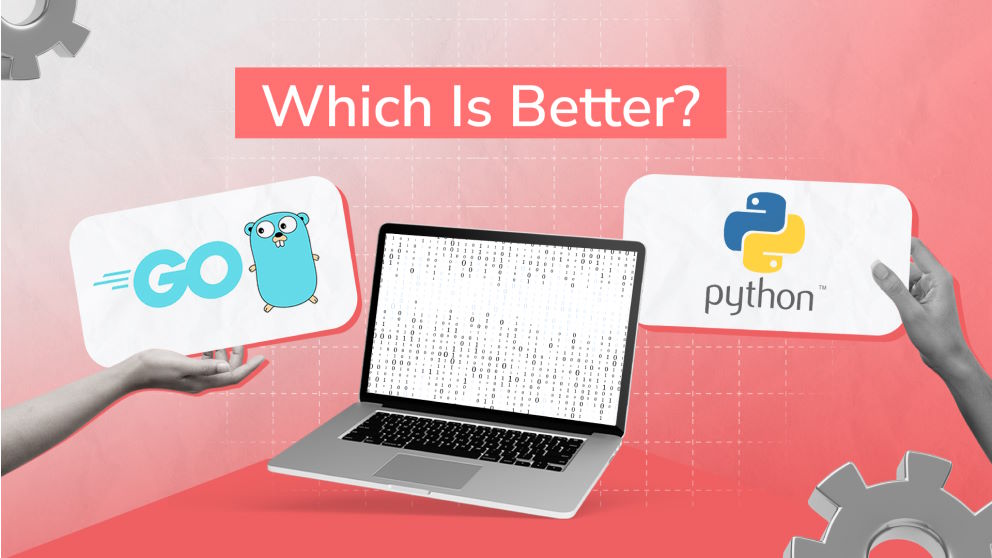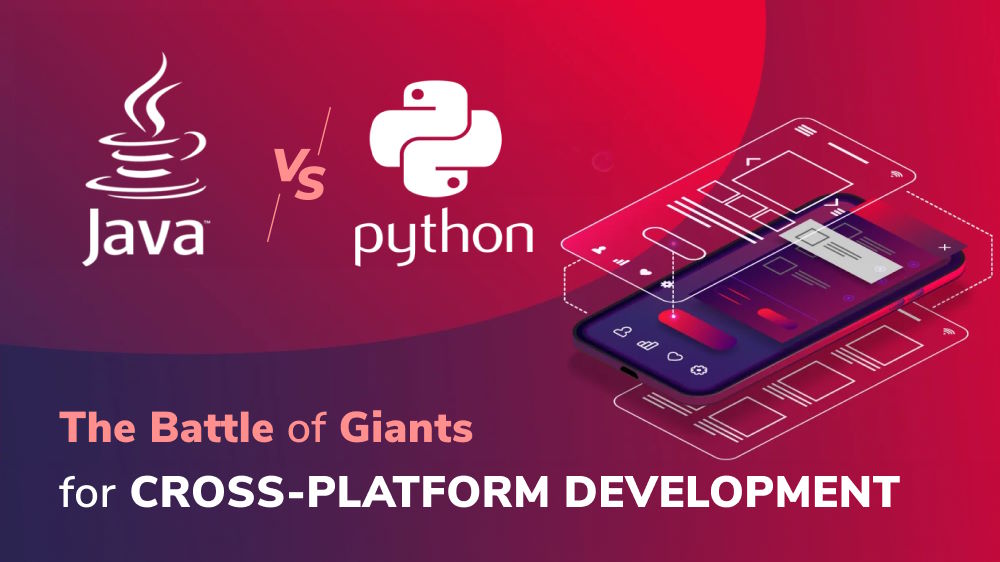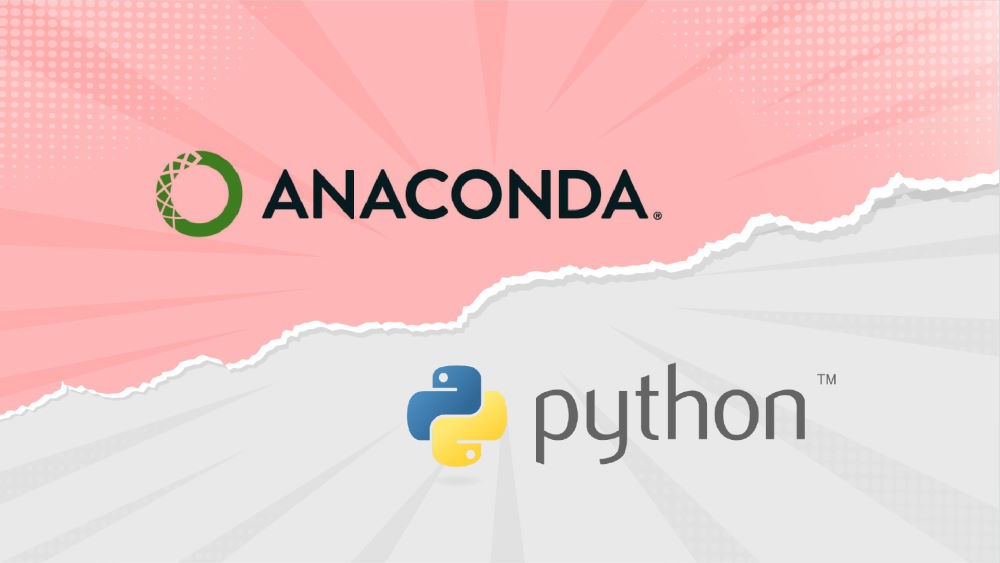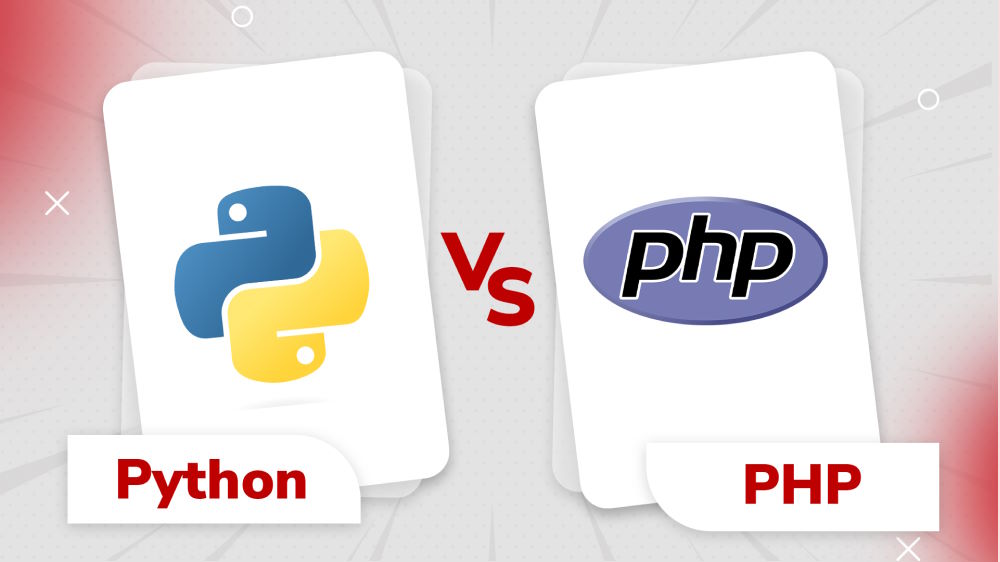How to Build a Payment Gateway with Python and Django

Content Map
More chaptersAre you ready to take the payment world by storm with a Python-powered payment processor? As more businesses move online, building a custom payment gateway is key to owning the checkout experience. With Django’s rapid development capabilities and Python’s flexibility, we’re going to empower you to process payments like a pro.
In this guide, we’ll go beyond basic integrations and construct a full-fledged payment solution heavyweight. Using Django’s model and form frameworks, we’ll handle everything from building customizable payment flows to processing transactions globally. Integrating securely with providers like Stripe means accepting all major cards on both web and mobile. With Python’s extensive libraries, our gateway will flex to your unique needs through custom APIs, recurring billing, and more.
By the end, you’ll have your own payment gateway from scratch. Merchants will flock to your easy-to-use interface and robust features. And with your very own rock-solid gateway life, the possibilities are endless. It’s time to join the biggest players and start disrupting the industry with a next-gen payments experience built on Python’s power. Let’s get started!
What You Should Know about Payment Gateways?

A payment gateway is a technology infrastructure that enables businesses to process online transactions securely and efficiently. It acts as a bridge between the application or merchant’s website and the financial institutions involved in the transaction, facilitating the authorization, verification, and settlement of payments.
When a customer makes a purchase online, the online payment gateway securely captures their payment information, such as credit card details or digital wallet credentials. It then encrypts and transmits this data to the payment processor or acquiring bank for further processing.
The payment gateway solution plays a vital role in the transaction process by performing several key functions:
- Payment Data Encryption: This ensures that sensitive customer payment information is encrypted and securely transmitted over the internet to protect against unauthorized access.
- Authorization and Verification: The payment gateway system interacts with the payment processor or acquiring bank to verify the customer’s payment details, including card validity, available funds, and fraud checks.
- Transaction Routing: It routes the transaction to the appropriate financial institution for processing. This may include the card issuer or the customer’s bank.
- Transaction Status Updates: The payment gateway provides real-time feedback to the merchant and customer regarding the status of the transaction, including successful or declined payments.
- Settlement and Funds Transfer: Once the transaction is authorized, the payment gateway facilitates the transfer of funds from the customer’s account to the merchant’s account, ensuring a smooth settlement process.
Payment gateways support various payment methods, including debit or credit card payments, digital wallets, banking apps, alternative payment options, or even new payment methods. They also handle multiple currencies with various transaction fees to facilitate international transactions.
The payment gateway is different from a payment processor, which is a service that connects the user’s bank to the merchant account and facilitates the actual movement of money. A payment gateway is the front-end technology that collects and sends the customer information to the payment processor, which then completes the transaction.
Key Steps for Building a Payment Gateway with Python and Django

Step 1: Choose a Payment Processor and Get an API Key
The first step in payment gateway development is to choose a payment processor and get an API key. A payment processor is a service that connects your website or app with the payment network and facilitates the actual movement of money from the client’s bank account to your merchant account.
To choose a payment processor, you need to consider its compatibility and integration with Python and Django, as well as other factors such as fees, features, and support. Some of the most popular and suitable payment processors for Python and Django payment gateway developers are:
Stripe
Stripe is a leading payment processor that provides a simple and powerful API, a rich set of features, and a global reach. Stripe supports multiple payment processing, currencies, and platforms and provides tools for fraud prevention, reporting, and analytics. Stripe has a Python library and a Django plugin that make it easy to integrate with your web application.
PayPal
PayPal is a well-known payment processor that enables you to accept payments from customers around the world. PayPal supports various payment options, such as credit cards, debit cards, PayPal accounts, and PayPal Credit. PayPal also offers solutions for recurring payments, subscriptions, and invoicing. PayPal has a Python SDK and a Django app that allow you to integrate with your web application.
Razorpay
Razorpay is a payment processor that focuses on the Indian market. Razorpay enables you to accept payments from customers using various modes, such as cards, net banking, UPI, wallets, and EMI. Razorpay also offers features such as payment links, smart collect, subscriptions, and invoices. Razorpay has a Python client and a Django app that help you integrate it with your web application.
Once you have chosen a payment processor that suits your needs and preferences, you need to get an API key from them. An API key is a unique identifier that allows you to access and use the payment processor’s services and features. An API key is also necessary for authentication and authorization purposes, as it verifies your identity and grants you permission to perform certain actions.
To get an API key, you need to create an account with the payment processor and follow their instructions. Usually, you will find the API key in your dashboard or settings page. You should keep your API key secret and secure, as it can be used to access your payment data and transactions.
Step 2: Install and Configure the Payment Gateway Library
For custom payment gateway development with Python and Django, one of the key steps is installing and configuring the payment gateway package. By utilizing a payment gateway library, you can take advantage of pre-built tools and functionalities that simplify the integration process and provide numerous advantages.
Advantages of Using a Payment Gateway Library
Ease of Integration: Payment gateway libraries often provide clear documentation, sample code, and step-by-step guides that make it easier to understand and implement the necessary functionalities.
Abstraction: Payment gateway libraries abstract the complexities of interacting with different payment processors and APIs.
Validation and Error Handling: Payment gateway libraries often include built-in validation and error handling mechanisms. They help ensure that the payment data entered by users is accurate and complete, reducing the risk of failed transactions or erroneous charges.
Examples of Payment Gateway Libraries for Python and Django

Django-payments
Django-payments is a popular payment gateway library for Django. It provides a unified API for integrating with various payment providers, including PayPal, Stripe, Authorize.net, and many more. It offers flexibility and extensibility, allowing you to easily switch between different payment gateways without rewriting significant portions of your code.
Django-stripe-payments
Specifically tailored for Stripe integration, Django-stripe-payments is a Django library that simplifies the process of integrating Stripe as your payment gateway. It provides pre-built forms, views, and templates for handling Stripe payments, making it easier to get started with Stripe integration in your Django project.
Django-Razorpay
If you’re looking to integrate Razorpay as your payment gateway, Django-Razorpay is a Django library that offers a straightforward way to interact with the Razorpay API. It provides convenient abstractions, such as pre-built forms and views, to handle payments and retrieve transaction details seamlessly.
Step 3: Create the Payment Models and Views
Models and views form the backbone of the payment gateway functionality, allowing you to handle transactions, interact with payment providers, and provide a seamless payment experience to users. Let’s delve into the details of creating the payment models and views for your payment gateway.
Payment Models
The payment models define the structure and behavior of the data related to transactions, users, and payment methods. Here are some essential models you’ll need to create:
- Transaction Model: This model represents a payment transaction, storing information such as the transaction ID, amount, status, timestamp, and associated user. You can also include additional fields to track payment details, such as the payment method used or the provider’s response.
- User Model: If your payment gateway requires user accounts, you need to create a user model to store user-related information like username, email, password, and any other relevant details. Ensure that you implement proper security measures, such as hashing passwords and enforcing authentication.
- Payment Method Model: To support different payment methods, create a model that represents the available options. This model can include fields like payment method name, icon, description, and any additional data required by specific payment providers.
By defining these models, you establish the foundation for managing payment-related data and relationships within your payment gateway.
Payment Views
Views handle the logic for processing payment requests, rendering payment forms, and interacting with payment providers. Here are some key views to consider:
- Payment Form View: This view renders the payment form where users can enter their payment details, select the desired payment method, and submit the payment request. It validates the form data, performs any necessary checks, and initiates the payment process.
- Payment Callback View: After the payment provider processes payment, they usually send a callback or webhook notification to your application. This view handles the callback, verifies the authenticity of the notification, updates the transaction status, and performs any necessary post-payment actions.
- Payment Success and Failure Views: These views handle the response after a payment is completed. They provide appropriate feedback to the user, redirecting them to a success page or displaying an error message in case of payment failure. These views can also trigger any necessary post-payment actions like sending confirmation emails or updating user accounts.
By implementing these views, you ensure smooth payment flow, handle user interactions, and integrate seamlessly with payment providers.
Remember to apply best practices for security measures, data validation, and error handling throughout the creation of your payment models and views. Protect sensitive payment information, validate user inputs, and handle exceptions gracefully to provide a secure and reliable payment experience.
Step 4: Test and Debug the Payment Gateway
Testing and debugging are crucial steps in the development process of a payment gateway before launching it to the public. It ensures that the gateway functions correctly, meets security standards, adheres to compliance regulations, and provides a seamless payment experience for users. Let’s explore some tips and tools to aid in this process:
- Test Mode: Most payment gateway providers offer a test mode or sandbox environment specifically designed for testing purposes. Utilize this mode to simulate transactions, allowing you to validate the integration without making actual charges. Test mode provides a controlled environment to identify and resolve any issues before going live.
- Logging and Error Handling: Implement comprehensive logging and error handling mechanisms within your payment gateway integration. Proper logging helps track and diagnose issues, providing valuable insights into the transaction flow and potential errors. By analyzing logs, you can identify and address any issues that may arise during payment processing.
- Unit Testing: Write unit tests to validate the individual components and functions of your payment gateway. Unit tests ensure that each piece of code behaves as expected and can help catch bugs or inconsistencies early in the development process. Test critical components such as form validation, transaction processing, and error handling.
- Cross-Browser and Cross-Device Testing: Test the payment gateway on different devices and web browsers to ensure compatibility and a consistent user experience across various platforms. Verify that the payment form displays correctly, functions properly, and remains secure across different browsers, operating systems, and screen sizes.
Suggestion

By now, you’re excited to build your own custom payment gateway with Python and Django. However, if you’re still feeling confused about where to begin or need help to properly structure the solution, it’s a good idea to partner with experts. If you are looking for a custom software development company that can help you create a payment gateway with Python and Django, you should consider Orient Software.
Orient Software is an expert in custom software development, not only in Python and Django but also in all the programming languages for developing your custom payment gateway. We have a team of experienced and skilled developers who can deliver high-quality and secure solutions for your e-commerce needs. Whether you want to use Stripe, PayPal, Razorpay, or any other payment gateway, Orient Software can help you create a seamless and user-friendly payment experience for your customers.
Contact Orient Software today for your project. Orient Software is the best choice for your custom software development needs.







